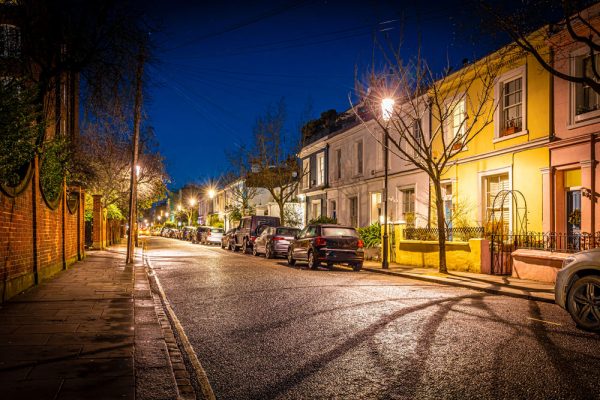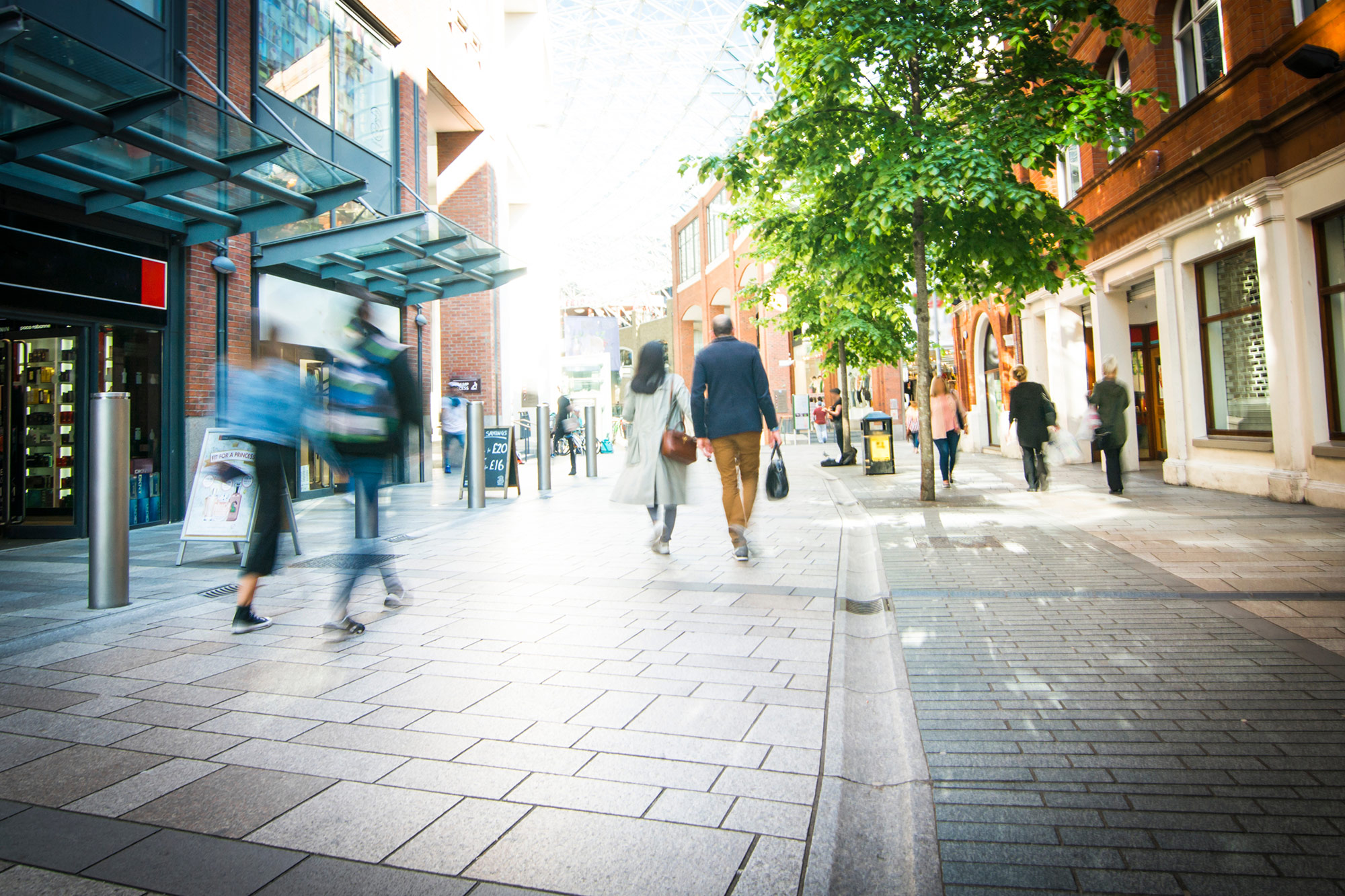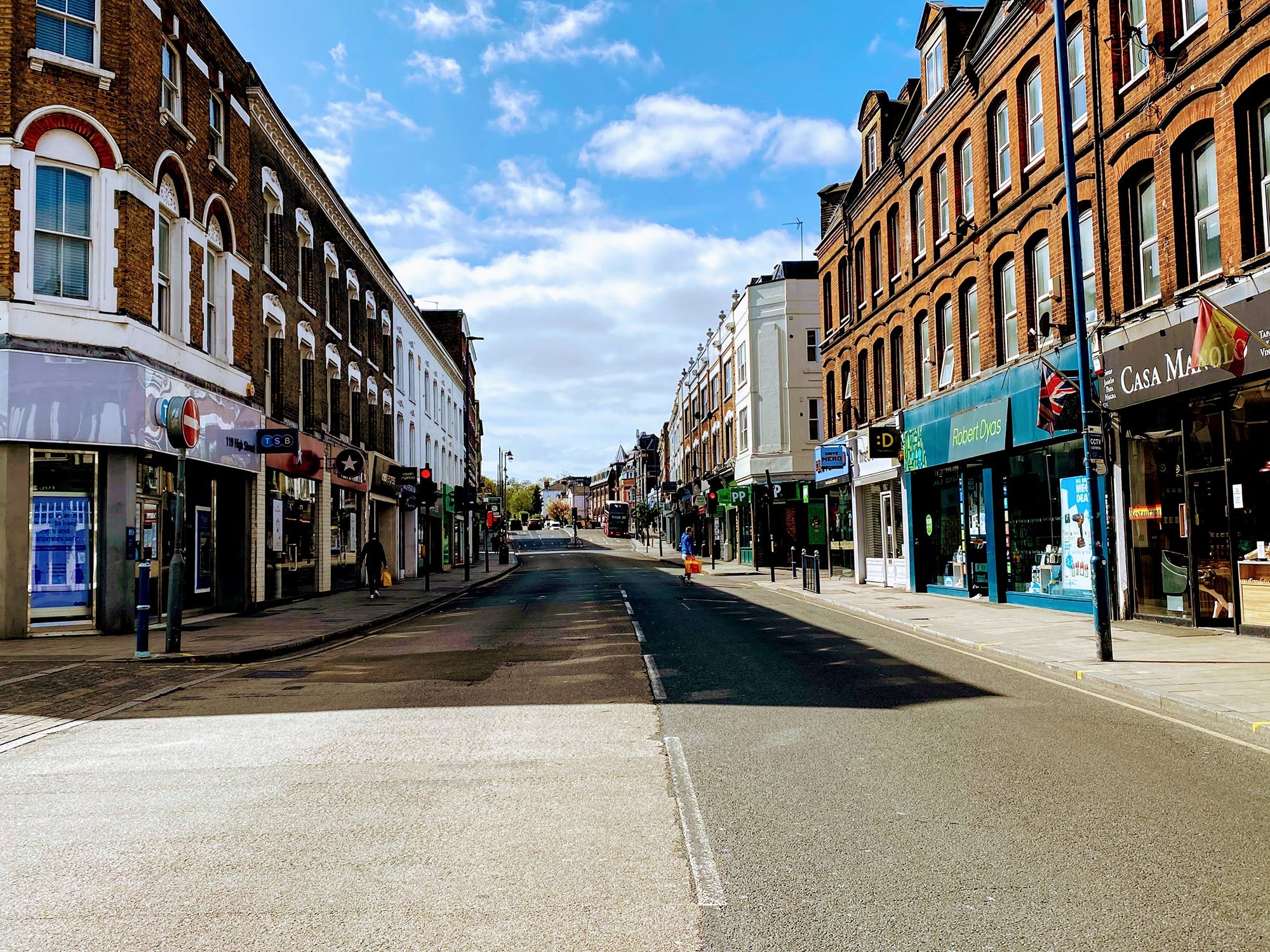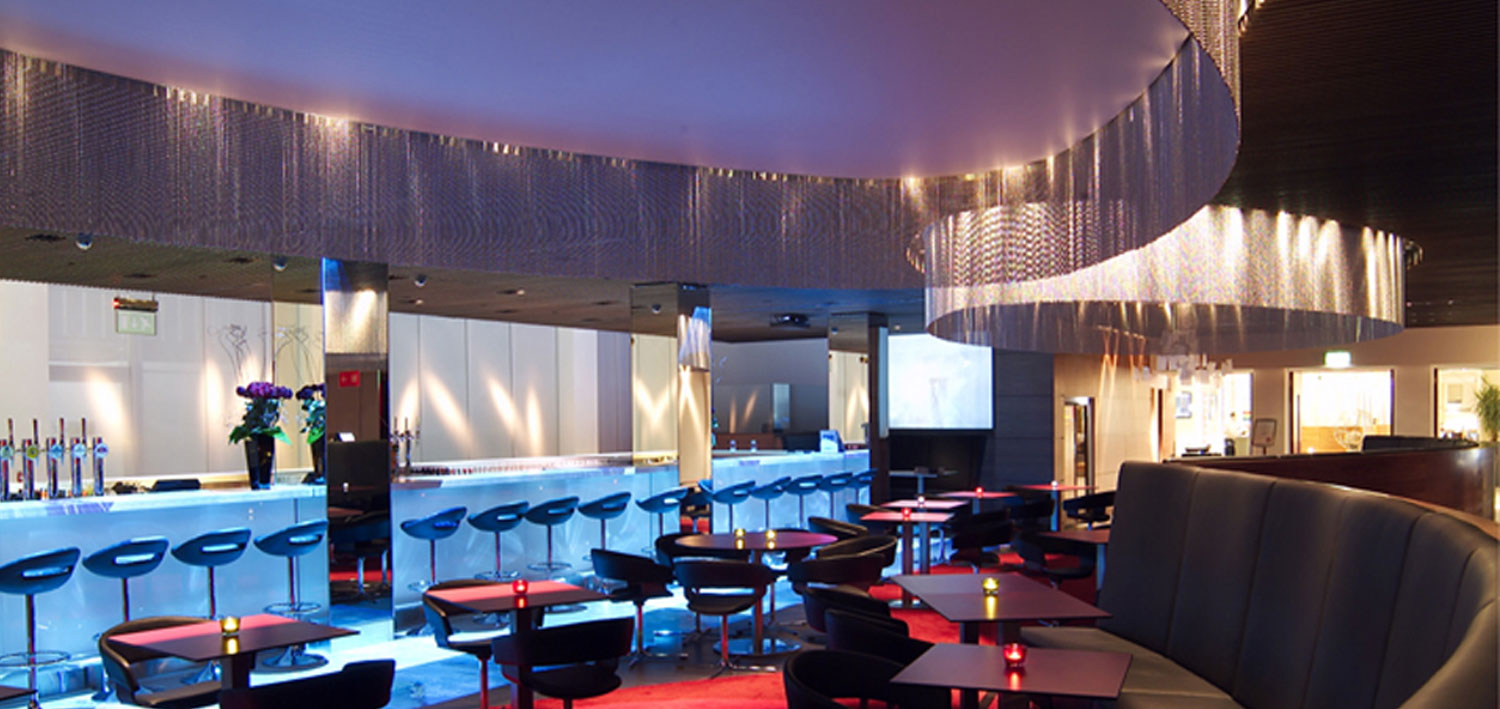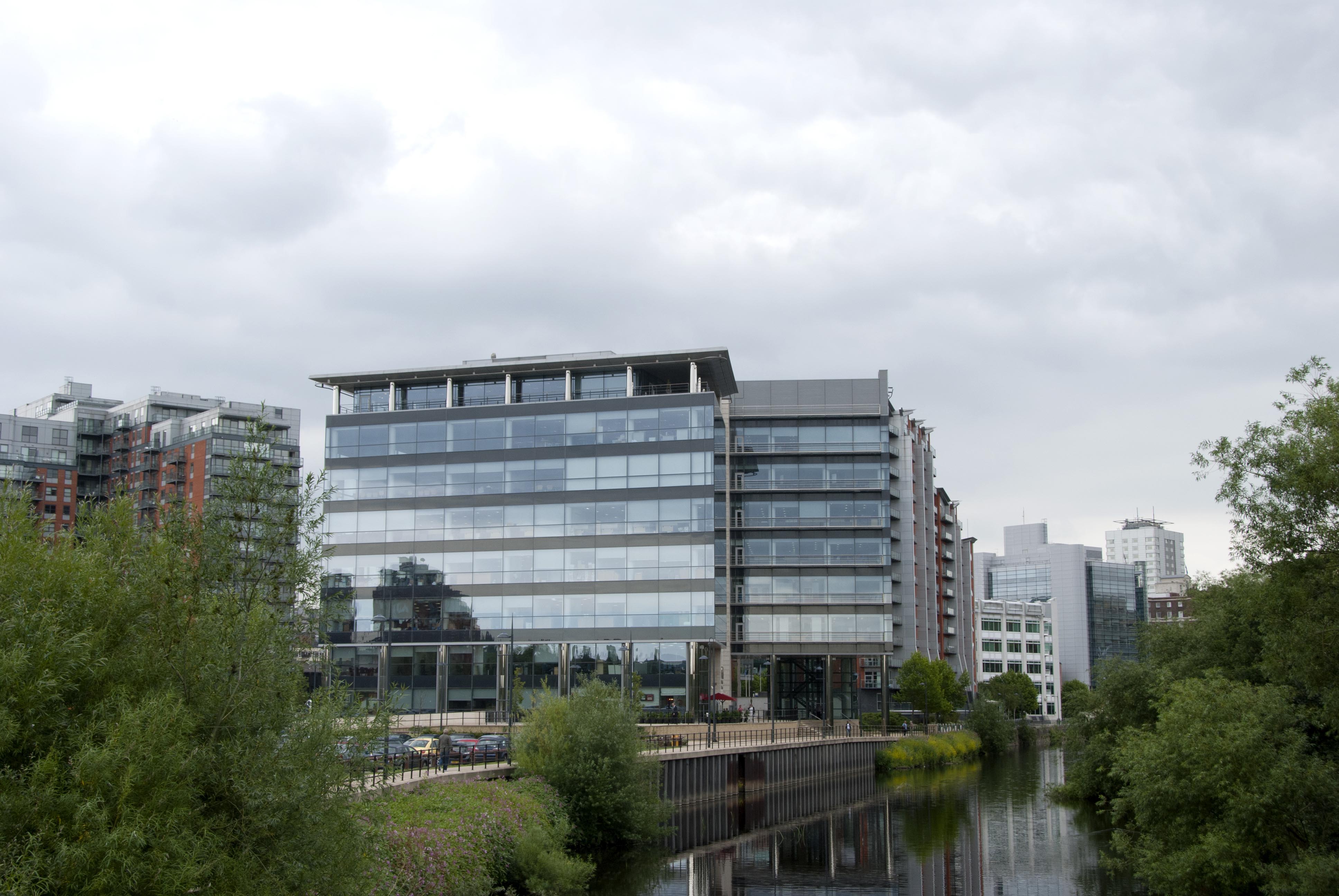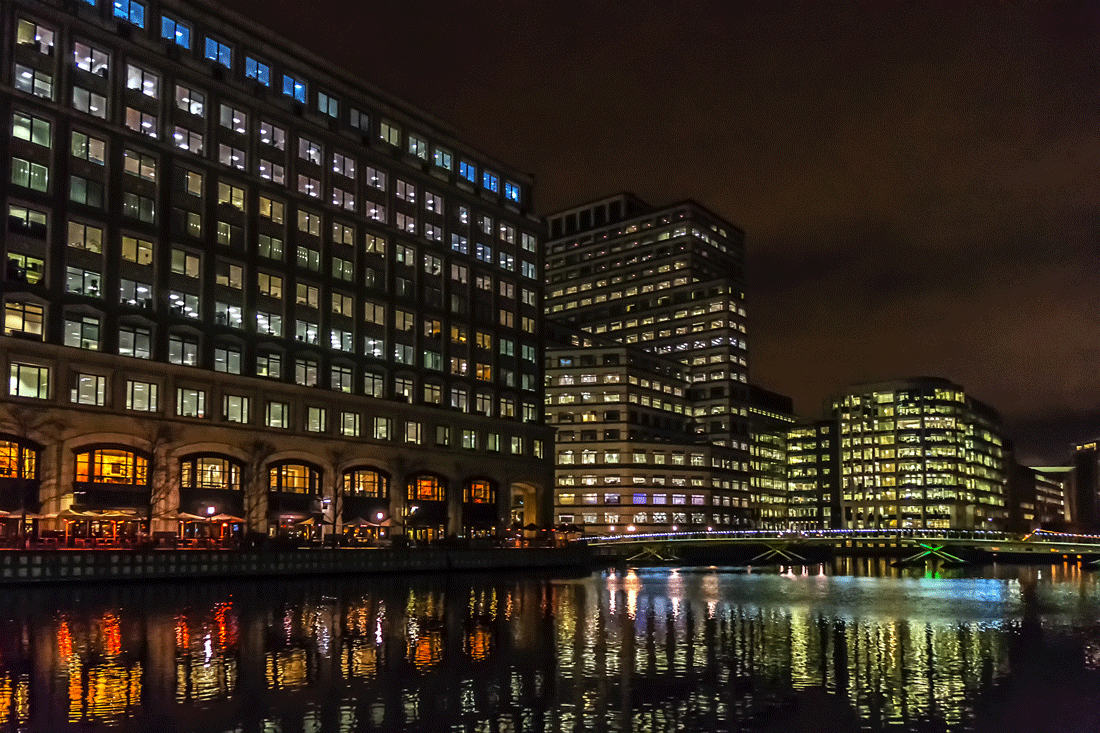Guide To Change Of Use D1 To Residential
When you’re going through the development process and attempting to create some residential accommodation for the community, you can often come up against D1 buildings. This article will give you a full explanation of what exactly a D1 building is, why it can be so difficult to convert it to a residence, and what you can do to make the transition faster?
What Is A D1 Property?
A D1 property is earmarked as one that is beneficial to the wider community. These generally include educational, medical or religious buildings, including churches, schools, doctors surgeries and even community venues such as public halls. This is why it can be tricky to convert a D1 building into a C2 (residential) structure. Housing is deemed to be less important to a community than a school or medical facility as it contributes less to public life in the local area. However, there are a few ways you can convert a D1 property into somewhere people can live.

How Can A Change Of Use D1 To Residential Happen?
It can be quite difficult to go through this change of status, as D1 properties have “protected” status. This means that you’re unable to change the use of the property without full planning permission, which can be a long process. In addition to this, you’ll often need to prove that the property has been available for at least a year with no acceptable offers being sent to the owners. Where possible, local authorities want these areas to remain of service to the community, but if no bidders are willing to make that happen they will reluctantly allow residential developments.
Exceptions To The Rule
There are a few ways that you can ensure a change of use from D1 to residential without waiting a year. These include:
– Proving that the building is not fit to be used. Whether this is because the building isn’t aligned with fire regulations anymore, the building being in poor condition or having no disabled access.
– The cost of getting the building running exceeding the benefit to the community.
– Proving that if the building did go on the market, it wouldn’t be an attractive prospect for new occupiers as a community space.
If you’re able to do any, or all, of these options, then it will make the switch from D1 to residential much smoother.
So What Now?
Start the process! You’ll need to remember that getting the status of a building changed is never quick, but by following this guide you should have something of a head start on the hurdles you might be expected to jump through in the process. Once the category changes, you can get on with development and building new homes.

